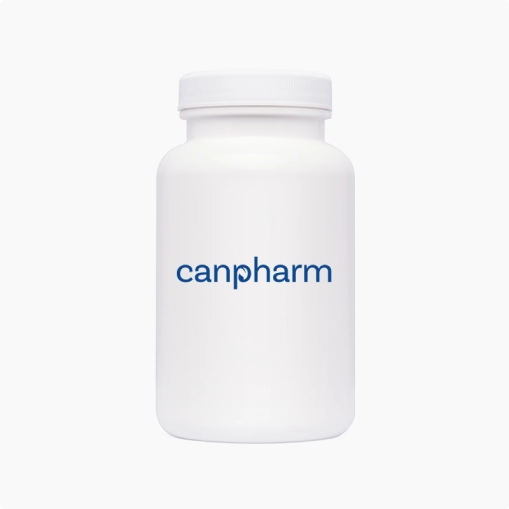
Ozobax (Baclofen)
| Dose | Size & Price | Qty |
|---|
-
Description
-
Reviews (0)
-
Related Products
-
Related Conditions
OZOBAX® is indicated for the treatment of spasticity resulting from multiple sclerosis, particularly for the relief of flexor spasms and concomitant pain, clonus, and muscular rigidity. OZOBAX may also be of some value in patients with spinal cord injuries and other spinal cord diseases. Limitations of Use: OZOBAX is not indicated in the treatment of skeletal muscle spasm resulting from rheumatic disorders.
Cautions
OZOBAX® is contraindicated in patients with hypersensitivity to baclofen. Abrupt discontinuation of baclofen has resulted in serious adverse reactions including death; therefore, reduce the dosage slowly when OZOBAX is discontinued. Neonatal withdrawal symptoms can occur; gradually reduce the dosage and discontinue OZOBAX before delivery. OZOBAX can cause drowsiness and sedation. Patients should avoid the operation of machinery until they know how the drug affects them. Advise patients that the central nervous system effects of OZOBAX may be additive to those of alcohol and other CNS depressants. OZOBAX should be used with caution in patients who have had a stroke. OZOBAX can cause exacerbation of the following: psychotic disorders, schizophrenia, or confusional states; autonomic dysreflexia; epilepsy. Use with caution in patients with these conditions. The most common adverse reactions less 1% in patients treated with baclofen for spasticity are drowsiness, dizziness, weakness, nausea, confusion, hypotension, headache, insomnia, constipation, urinary frequency and fatigue.
